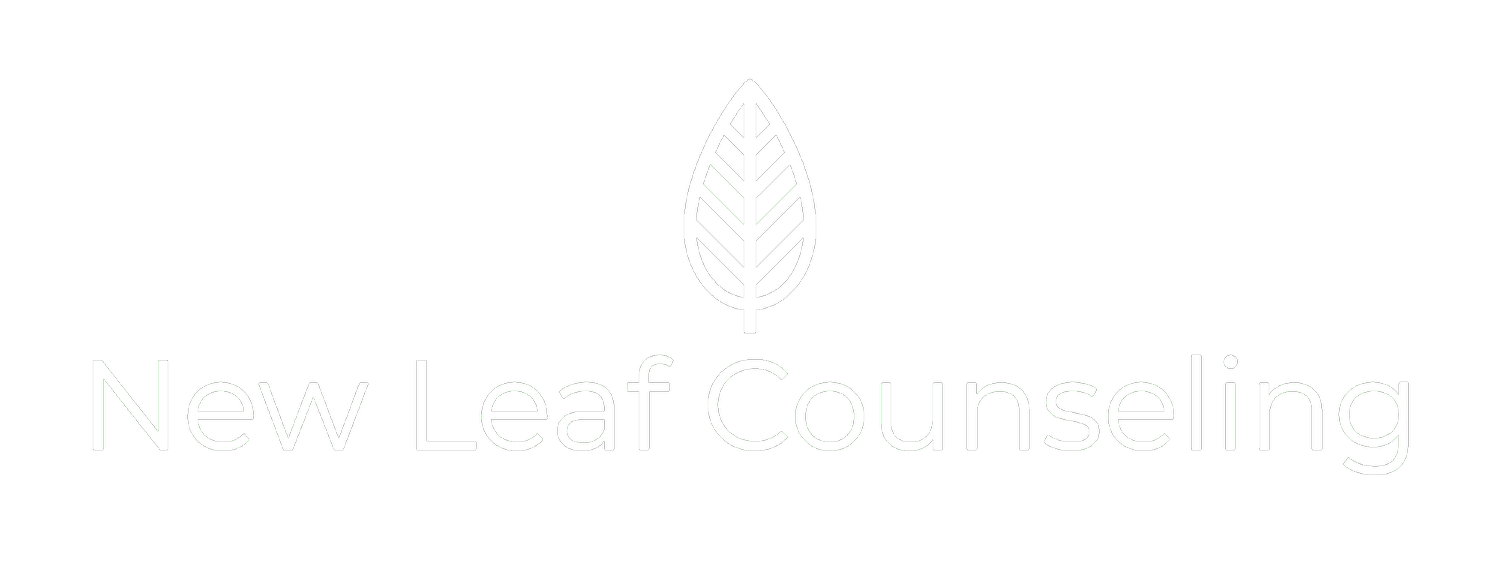EMDR (Eye Movement Desensitization Reprocessing)
EMDR is a technique in the family of mind-body therapies, which address the connection between the brain and central nervous system, the emotions, and the physical body. It is evident that the physical body is directly connected to our emotional and psychological experience. Stress-induced headaches are a simple example. EMDR utilizes bilateral stimulation, or activation of the left and right hemispheres of the brain, to process trauma through both the rational, cognitive and non-rational, emotional pathways of the brain. This process is activated by listening to an alternating tone through each ear on headphones and an alternating vibration through buzzers that are held in each hand. Although eye movement can be used (hence, the name EMDR), I use an eyes closed procedure, which allows clients to focus on internal imagery without visual distraction. During the bilateral stimulation, the client is thinking internally, visualizing and remembering, and talking through an account of past traumas while using tools like breathing exercises to calm the central nervous system. EMDR is highly effective for clients who are experiencing a plateau in conventional talk therapy. These clients will often express that they understand they are safe or have gotten through the past crisis but can’t help feeling old, painful feelings. EMDR can work quickly, usually in just a few sessions, to help these clients move forward and experience new relief and freedom from old trauma. Following EMDR, clients will often say that they remember the trauma just as they always have, but they no longer have the debilitating sadness, anger, anxiety, or shame that they formerly experienced about the memories. Sometimes the origin of the trauma we address can be a distinct, disruptive event, like and assault, accident, or job loss. And sometimes the trauma can come from damage over time, like abuse from a parent in childhood or a toxic relationship. If you have any questions about EMDR, how it works, or whether it might be helpful for you, I am here to talk with you.

